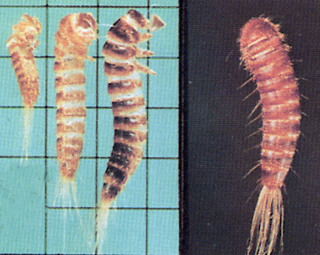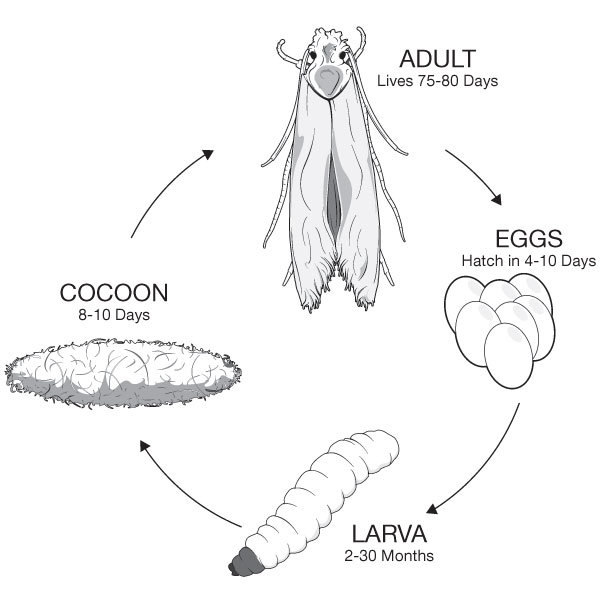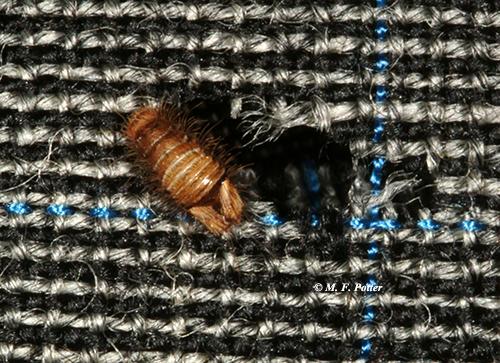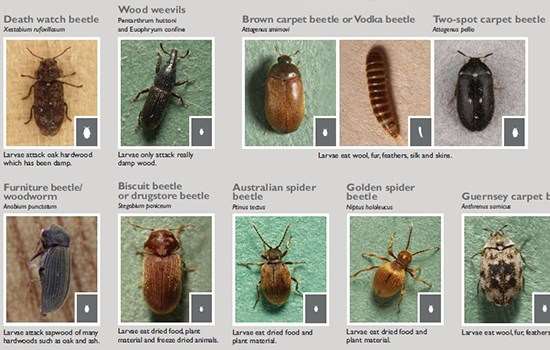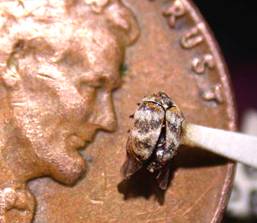The most common clothes moths are the webbing clothes moth easily identified with a golden colour and around half an inch in length and the case bearing moth which can be identified about inch long and their forewings are mottled brown with one large and a few.
Carpet moth larvae size.
The specific name is commonly misspelled biselliella for example by g.
The carpet moth is relatively small in size than a common house moth.
Identifying clothes carpet moths webbing clothes moth case bearing clothes moth.
When they start life they look like worms then go through the caterpillar phase and finally get their butterfly like appearance.
The larvae which cause the damage hatch from the eggs and spin silk webbing as they feed and grow.
The common or webbing clothes moth the larvae of this species spin silk as tubes or sheets of webbing across the material they are eating figure 2.
Damage is accompanied by copious webbing tubes which usually include large amounts of excreta.
They are very small moths with a wingspan of typically 14 18mm.
Between april and october the larvae of the carpet moths develop in animal skins woolen clothes and carpets.
The carpet tapestry moth is found worldwide and adult moths tend to be seen from april to october although this can vary depending on geographical location.
The carpet moth is a common household textile pest.
Carpet moth larvae feed predominately on keratin found in natural fibres such as wool and so can live on any carpet with some wool content.




